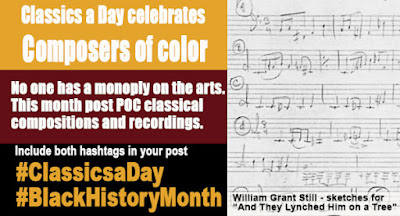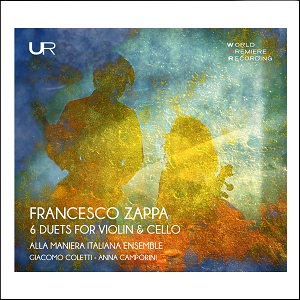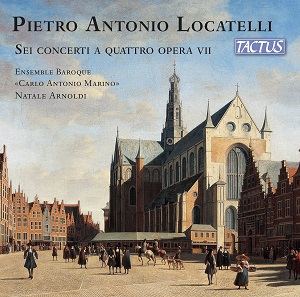
The quintets are programmed in chronological order. When I listened straight through, I could hear how each composer built on the foundations of the previous.
Boris Lyatoshynsky was a towering musical figure -- not just in Ukraine, but also in the Soviet Union. He's credited with composing the first Ukrainian symphony in 1918.
His Ukrainian Quintet, Op. 42 is a masterwork. His teacher, Reinhold Glière (another Ukrainian), called it a beautiful composition.
Lyatoshynsky builds his quintet from the simplest of motifs. Simple, but durable. Throughout the work, these motifs provide the harmonic, melodic, and rhythmic structures. The slow movement is exceptionally beautiful and expressive.
Valentyn Silvestrov studied with Lyatoshynsky. Silvestrov's 1961 Piano Quintet is dedicated to his former teacher. Silvestrov shows some of Lyatoshynsky's influence in his motivic development.
But his language is more modernist and almost post-tonal. This is expressive music with an edge to it. The fast sections hum with nervous energy. The slow grind uneasily against chromatic dissonances.
Victoria Poleva is the youngest of the three composers on this release. Her Simurgh-quintet is also the most adventurous. The title refers to a bird in Persian mythology. Ancient and wise, the Simurgh serves as a messenger between the earth and sky.
One would expect an ancient and wise creature to move with slow deliberation. And that's what Poleva's music does. Long, suspended chords connect her musical ideas. These give a sense of slow and stately motion. And the transparent nature of the quintet suggests this motion takes place in the air -- like a gliding bird.
Poleva has worked with Gideon Kremer and Kronos Quartet on various projects. These associations have carried her name beyond the borders of Ukraine. The quality of the music on this release suggests it's past time for the same to happen with Lyatoshynsky and Silvestrov.
Highly recommended.
Ukrainian Piano Quintets: Lyatoshynsky, Poleve, Silverstrov
Bogdana Pivnenko, Taras Yaropud, violins; Kateryna Suprun, viola; Yurii Pogoretskyi, cello; Iryna Starodub, piano
Naxos










